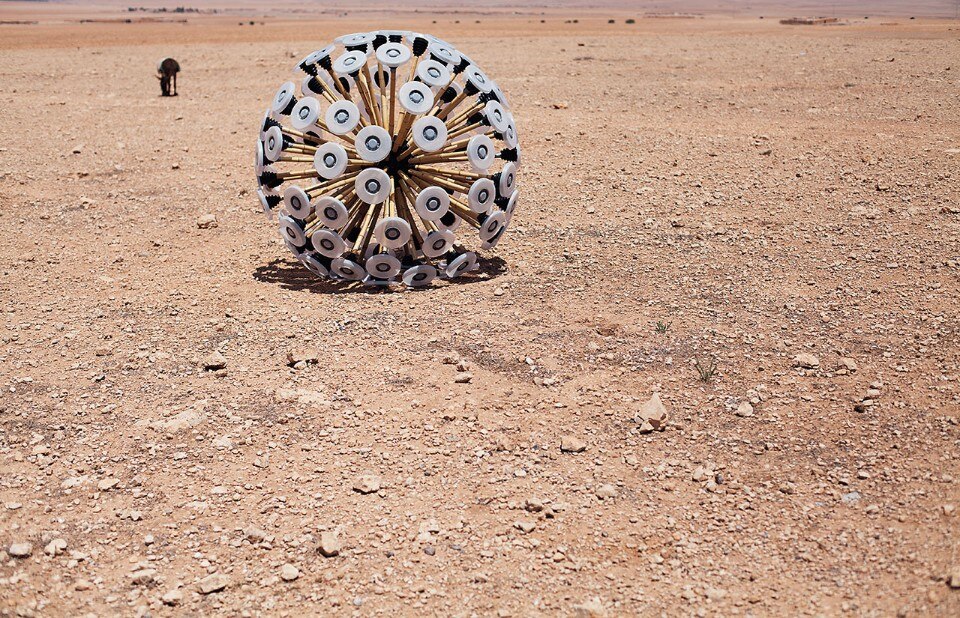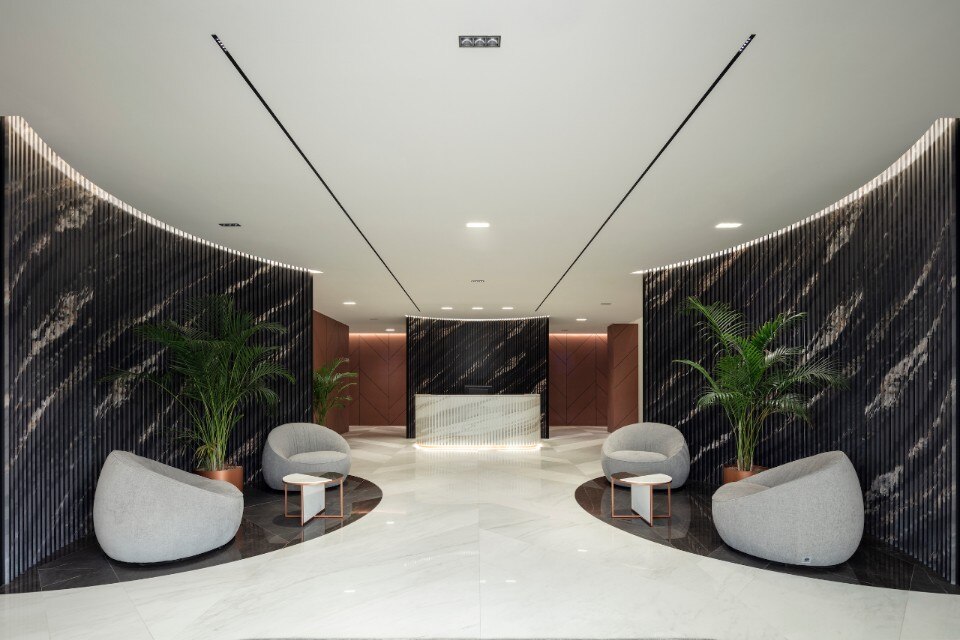This article was published on Domus 970 / June 2013
Drop a random bombshell on the design world and success is certain. The Dutch theoretician Timo de Rijk experienced the sweet taste of success after the publication of his article in a Dutch newspaper (NRC Handelsblad, February 2013), in which he wiped the floor with the design of a young graduate of Design Academy Eindhoven, and incidentally also wiped the floor with a significant part of the Dutch design world.
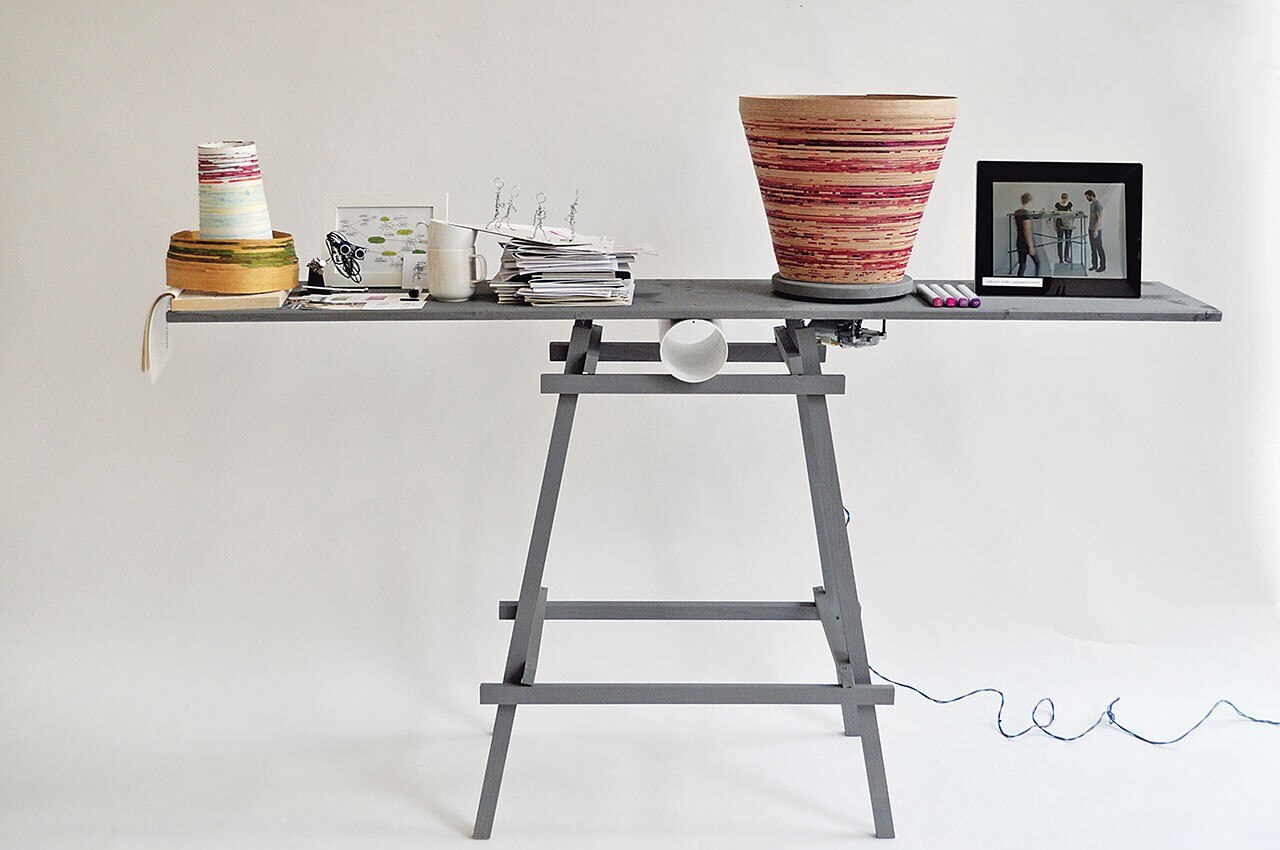
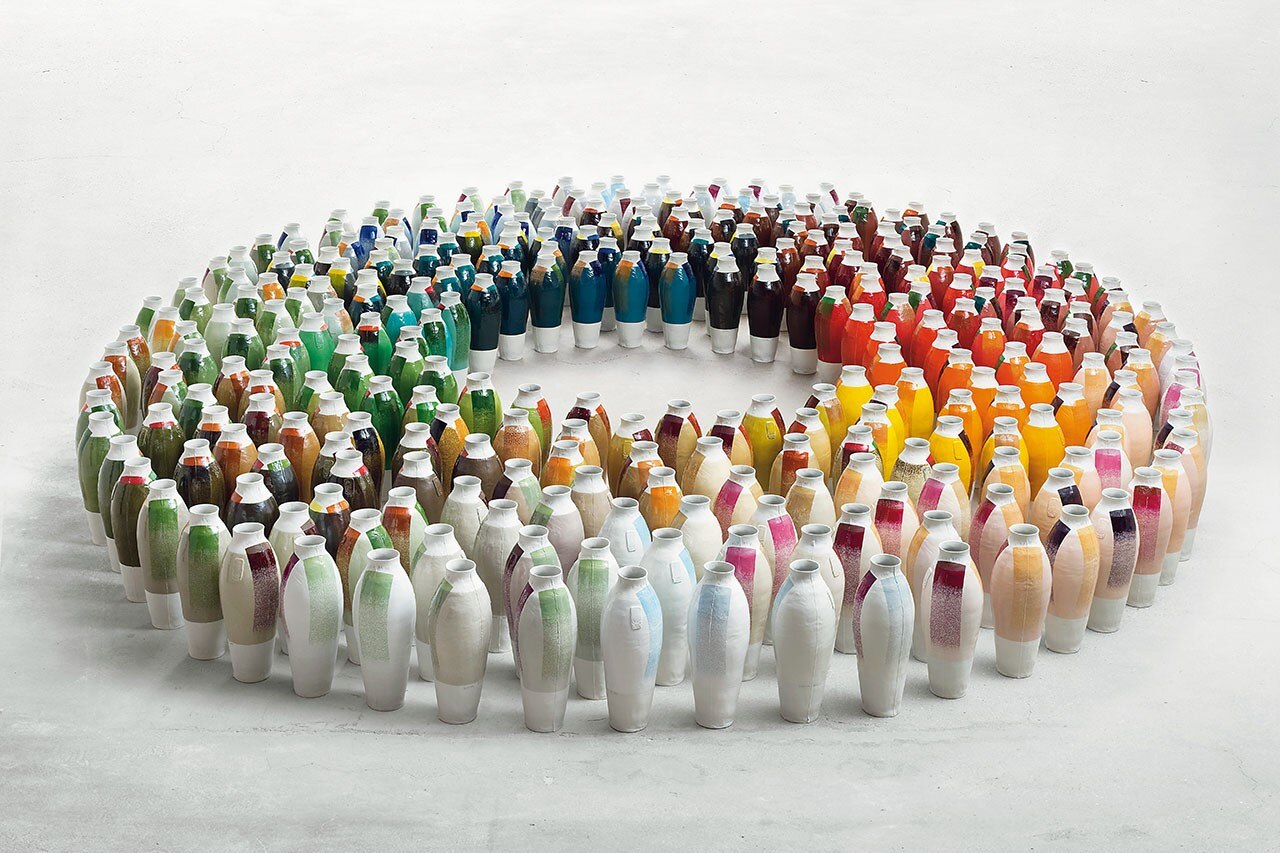
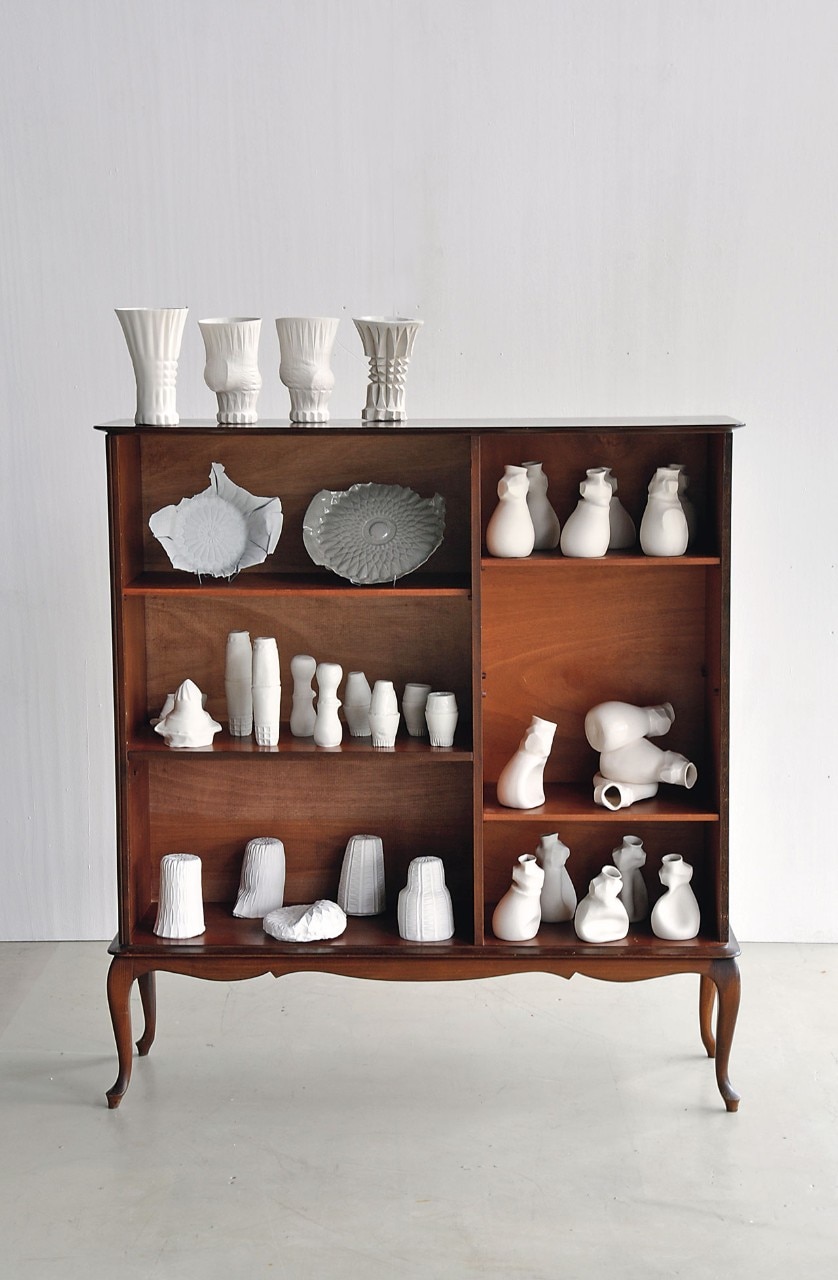
The gist of many reactions to his piece was that at last somebody had exposed the empty rhetoric surrounding many design products by simply subjecting them to a much-needed reality check. Naturally De Rijk is right. We know for sure, as also the designer knows for sure, that at present the Mine Kafon fails to satisfy all technical and functional requirements. The object is not yet liberating Afghanistan or Iraq from their deadly landmines.
But is that necessary? Must a design satisfy all requirements this early in its development, before it can be shown to the public? De Rijk’s crusade should not go unchallenged. After all, he passes judgement according to the only criterion he embraces—immediate usefulness—dismissing other, more valid criteria to judge a design. Although he admits he is not blind to cultural value, in his reasoning there is just one reality in which design must prove itself: the market reality, which demands that designers solve problems (or the illusion of problems) with well-functioning products.

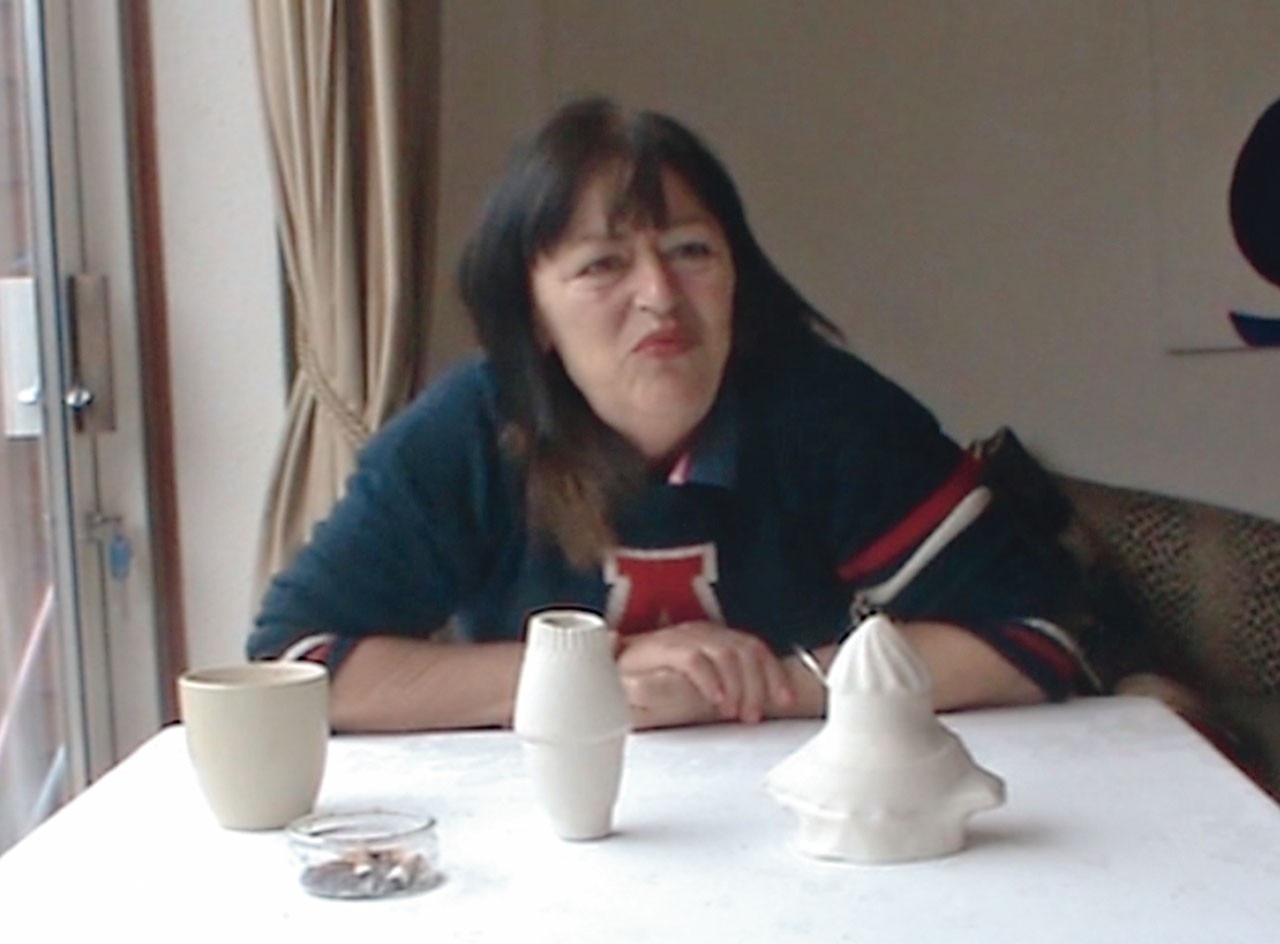

Design and the wider world needs designers who have the courage to look beyond the limits of their profession and what the market or society seem to demand of them. In so doing, they justify the many existing and yet unknown meanings we can attach to the term “function”. For that term denotes as many meanings as there are social urgencies, pragmatic solutions, technical innovations and cultural developments.
Practical use is just one of the many guises that design can assume. Design solves fundamental problems. Design represents how people want to live. Design possesses the power to embellish, facilitate and discipline our behaviour. Design can wave a moralistic finger, design can incorporate critique, and design can represent sheer fun. Design reflects who we are in the here and now, as it represents our age and the social, cultural and technological context in which it is born and functions. Design opens new perspectives on reality. Accordingly, there no longer exists just one “natural” habitat for design products, and certainly no natural habitat for experimental prototypes that may possess an almost autonomous value when they represent future scenarios. It is therefore only right that design today is presented in arenas that until recently were the preserve of the visual arts, arenas that by nature are more open to visionary plans and experiments with meanings, and are able to entice debate at an early stage.

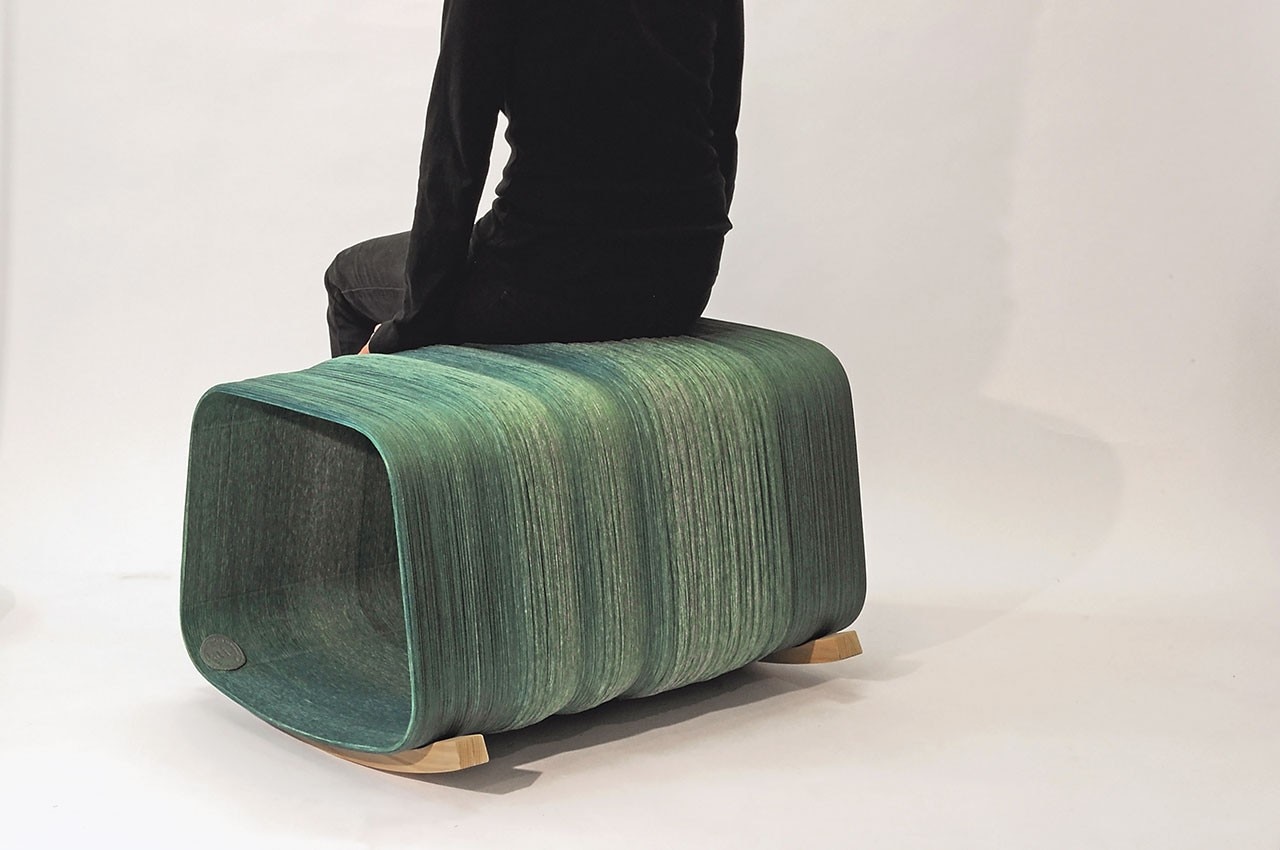
The volume of discussion stirred up in the Dutch design community proves foremost how much debate and critical voices are lacking in the design world at present. Just as recognition from the museum world accorded the profession greater standing, it seems evident that the profession can only take itself seriously if a respectable measure of analysis, criticism and formulation of theories takes place. For too long, design has been confined to glossy magazines and the lifestyle sections of newspapers. Of course it is commendable if well-respected theoreticians take a close and critical look at much-praised designs and confront noble intentions with the requirements that the products will ultimately have to satisfy. Those who claim functionality should expect such a reality check.
Those who create nonsensical objects for the market should be prepared to receive harsh comments. And those who take an imaginative leap into the future or challenge the borders of the discipline should meet a critical, but first of all an open mind. Each design deserves to be judged with the inherent criteria that hide in its (potential) function, meaning and expression. There’s a beautiful task for design theorists to uncover and analyse the layers of meaning contained explicitly or implicitly in designs and to anticipate possible future social and cultural spin-offs from experimental and narrative projects. To judge (and work!) according to the limiting criteria “does it work” or “is it socially relevant” is to blind oneself to those meanings. Louise Schouwenberg. Head of the Contextual Design Master’s programme, DAE
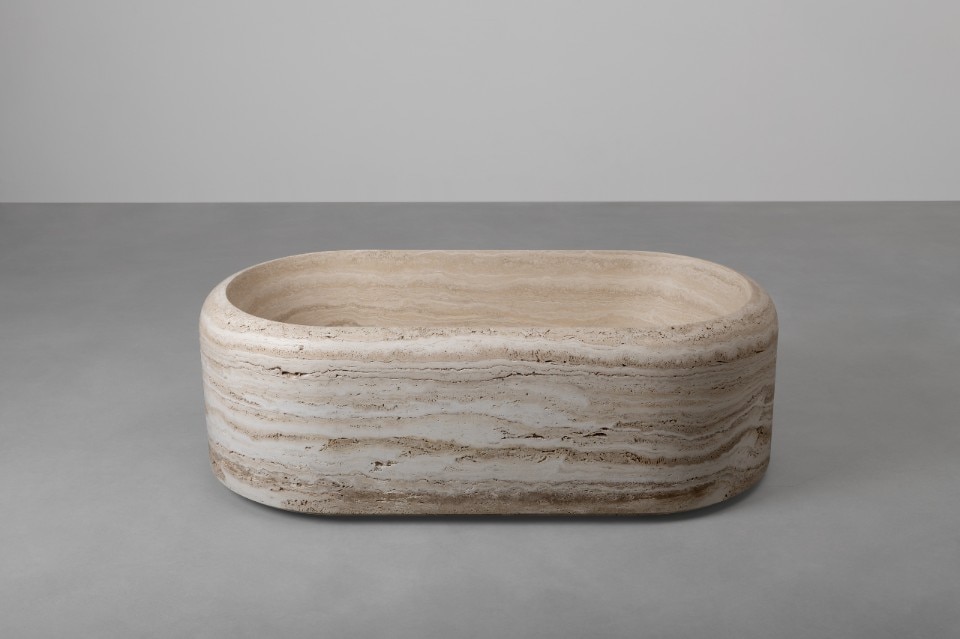
Designing from a single gesture: Vaselli’s latest collection
The Hoop series translates a morphological gesture into a family of travertine bathroom furnishings, where the poetry of the material meets the rigor of form.


